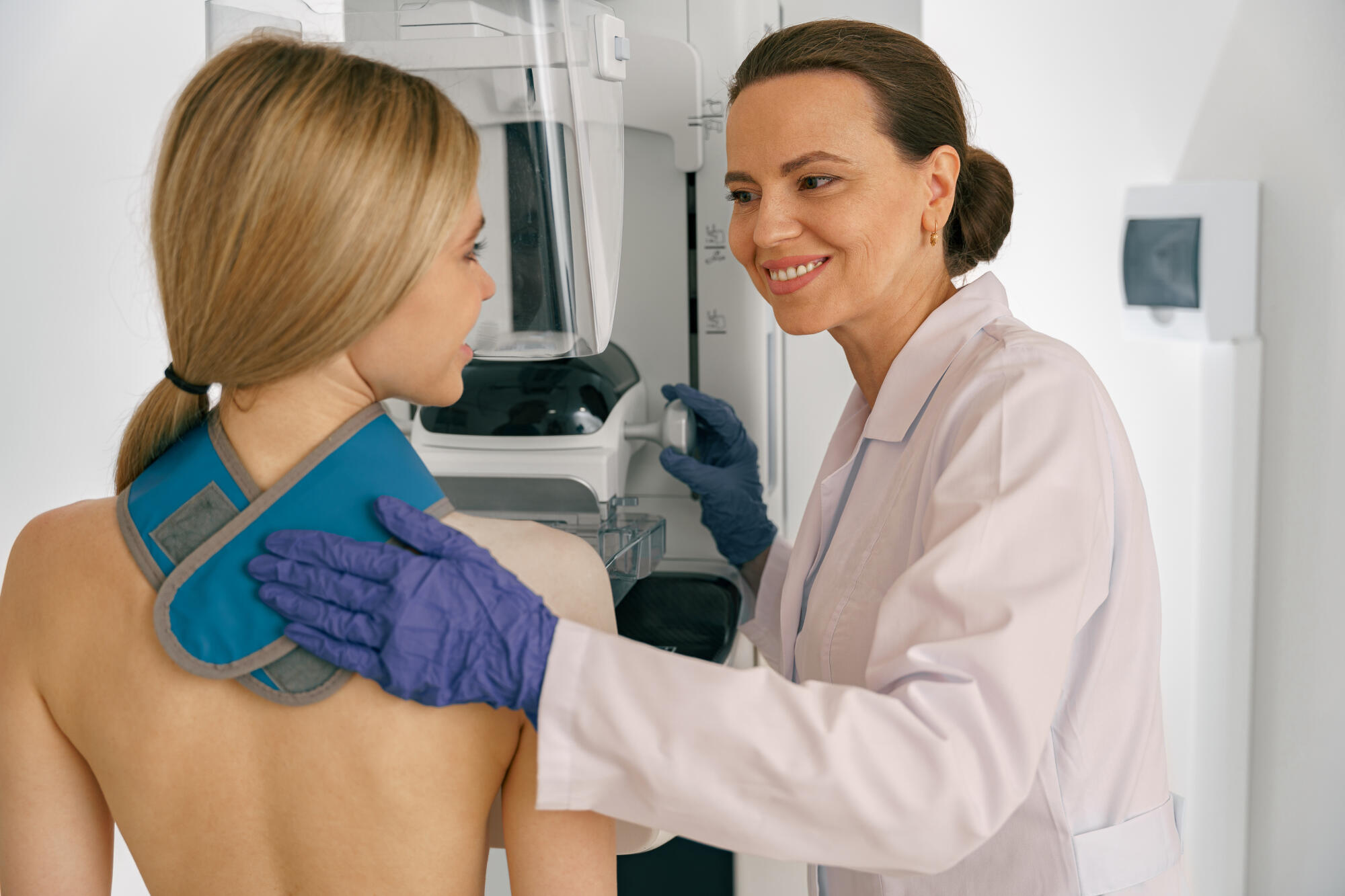
For women in the United States, breast cancer accounts for around 30% of cancer diagnoses every year. Women have a 13% chance of developing breast cancer at some point in their lives, making breast cancer screenings integral.
However, if doctors find something during your screening, what comes next? Advanced imaging techniques, like a diagnostic mammogram and an ultrasound, can help doctors determine the next steps in your care.
Keep reading to learn more about these tests and their role in your healthcare.
What Are Diagnostic Mammograms?
Diagnostic mammograms are specialized X-ray exams designed to evaluate breast abnormalities. Unlike routine screening mammograms, which are performed on women with no symptoms, diagnostic mammograms focus on specific areas of concern identified during a previous screening or due to noticeable changes in the breast.
These procedures use advanced imaging techniques to capture detailed images of the breast tissue. These tests allow radiologists to examine any suspicious masses or calcifications. The goal is to provide a more comprehensive view than standard screenings can offer.
Patients often experience a similar process as screening mammograms but might need to remain still for slightly longer while multiple images are captured. The information gathered helps doctors make informed decisions about follow-up care and whether further testing is necessary.
The Role of Ultrasound in Detecting Breast Cancer
Ultrasounds of your breast provide an additional layer of imaging that helps clarify findings or investigate suspicious areas.
The non-invasive process uses sound waves to create detailed images of the breast’s internal structures. This method allows doctors to differentiate between solid masses and fluid-filled cysts, aiding in accurate diagnosis.
Often used alongside diagnostic mammograms, ultrasounds enhance the overall assessment when irregularities are detected during routine screenings.
Women with dense breast tissue also often benefit from an ultrasound in addition to their mammograms. Dense breasts can obscure potential issues on standard images, making it harder for radiologists to detect abnormalities. The added clarity from an ultrasound can enhance detection rates.
Discussing Your Results With Your Doctor
Receiving results from a diagnostic mammogram and ultrasound can stir various emotions. At Women’s Health Associates, we’re here to support you through every step. Take the time you need, ask any questions, and express your concerns to your doctor.
Your doctor may discuss possible next steps based on the findings, including additional imaging tests or a biopsy. Knowing what lies ahead helps alleviate uncertainty and anxiety.
Remember that you have every right to request additional information or seek clarification on complex medical terms.
Diagnostic Mammogram and Ultrasound at Women’s Health Associates
Understanding the diagnostic mammogram and ultrasound can help you feel comfortable as you move forward. Empowering yourself with knowledge about these tests enables informed decisions regarding your care pathway while reinforcing the importance of routine breast cancer screenings and diagnostics as part of a proactive approach to women’s health.
Women’s Health Associates has provided exceptional care to our Boise community’s women since 1995. We’re here to answer your questions and support you through the many stages of your life. Schedule an appointment today.

